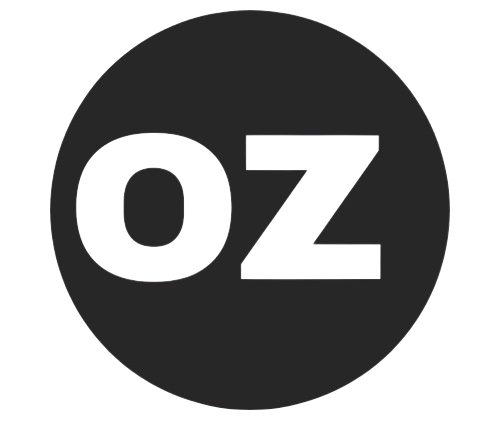Production Planning and Control, in short PPC, is basically a predetermined procedure that comprises the usage of human resources, raw materials, types of machinery, etc. In other words, it is a technique for planning the phases in a long series of operations.
They play quite a big role in taking the right call at the right time and place, ultimately resulting in maximum productivity.
Want to know in detail about this production planning and control?
This blog describes production planning and control, its advantages, and the steps of production planning and control.
Let’s start with the objective:
Purpose of Production Planning and Control
PPC is certainly one of the cores for any kind of manufacturing unit. Right from material forecasting to scheduling, long-term planning, and demand management – they do it all!
Check out the overall objectives of this production planning and control:
- Make sure you have a sound and running economical production method
- Efficiently utilizes the plant to maximize the productivity
- Ensure all the delivery of goods are done properly and on time
- Allocate the right man for the appropriate job at the right time with the correct salary range
- Maintain proper coordination in production
- Lessen the labor turnover and waiting time
Advantages of Production Planning and control
PPC comes with a lot of perks. And using them properly increase your profitability. Here are some benefits PPC offers:
Optimization of manufacturing capacity
It basically refers to whether all the machines and employees are working fully to their capacity or not. Such as keeping the expense down to increasing the efficiency, and profitability, and determining the fields of improvements to planning them – they just do all these things.
Lessening inventory expenses
Here, it takes software help to do the prediction of all the demands and prepare a just-in-time scheduling approach. The ultimate goal is to keep the overall budget as low as possible.
On-time delivery
Right from ensuring timely delivery to improving customer satisfaction – a PPC plays a quite big role. After all, these two things certainly fall on the main criteria of having a successful business. And without having them done properly, it will be difficult to even survive in this competitive era.
Better Materails Proceuremnt
Through this piece of information, you get to know when to order and what things are required to meet the customer and production in demand. As a result, it not only saves money but at the same time improves the association with the suppliers.
Streamline production
This makes sure that all the materials and internal resources for the operation are kept ready. And when the time comes, you can use them to keep the production running smoothly and effectively.
As a result, every employee stays happy as there will be no kind of interruptions between their production and the workflow.
Minimal wastage of resources
PPC removes all kinds of material shortages or surpluses to ensure minimal resource waste. Along with saving a lot of time, they save plenty of materials and capital from going to waste.
What Are the Steps of Production Planning & Control?
Production planning and control follow a series of phases to keep the production running effectively. Each of the steps is equally important.
Let’s know about them:
Planning
Planning is the first step of this production cycle. In this step, you have to basically determine what things will be produced by whom and how. Such as including the labor plan, tools, work centers, material requirements, human resources, budget, etc.
In other words, it is an estimation of all the essential things that are required for keeping the production on the run.
Routing
Routing is the selection of the direction through which the raw materials will flow to get converted into a final product. This basically shows the quantity and quality of the materials along with the resources required.
It deals with the production terms “How,” “What,” “How much,” and “Where” by systematizing and optimizing the resources to ensure the best possible outcome.
Scheduling
This is related to the preparation of the workloads and allocating the start and end date of each operation. They also strongly handle the deadline and takes the necessary steps to meet them.
Loading
It deals with the total amount of work loaded against the machines and the workers. Such as, if there is capacity, then only new orders can be included and make up the underload.
On the other hand, if the capacity is fully loaded, then necessary proactive measures need to be taken to avoid the bottlenecks. Such as adding a shift, requesting over time, bringing more operators, using sub-tractor, etc.
Dispatching
Dispatching is typically the discharge of the orders and their instruction. Its duty is to make sure that all the products are in line for the staff to do their tasks properly.
It includes:
- Issuing the materials or fixtures
- To issue the order of drawings for starting the work
- Tracking and mana using the record from the start to the end
- Iinsitaet eth control procedure
- Cascading the task from one procedure to another
Follow up
It is a control tool that basically deals with the notion of breaking up, delaying, and rectifying the mistakes during the work progress. In other words, it gets to the root of the problem and tries to solve it within time.
Inspection
This is checking whether the quality of the executed work has passed the proper quality standards criteria or not.
Correction
Here, a thorough analysis is done. And based on that, corrective measurements are taken in the weaker spots to fix all the issues.
To Conclude
Production control basically monitors all the production keenly and measures the performance based on the visibility and the reports.
In fact, the bigger a company gets, the more production planning and control and they need to have a smooth-running operation all the time.
Hence, do the choice properly. After all, only the right one can take your business products to the peak of success by maximizing efficiency and profitability to another level.
Read more: How Do I Know if I have Salesforce Service Cloud?



